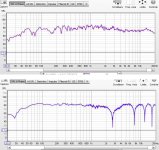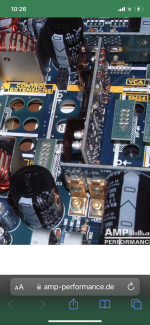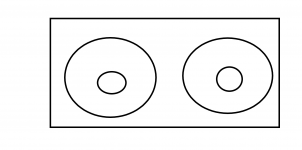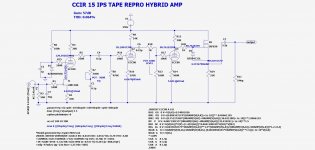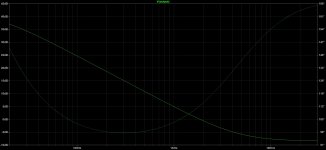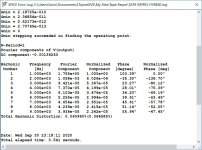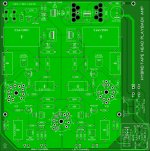Rules for Retrofit a Backup Battery resp. Super Cap in Synthesized AM/FM Stereo Tuner but without ON/Off Main Switch
- Analogue Source
- 0 Replies
There are a great amount of threads regarding replacement, but not regarding implement of backup batteries.
There are a lot of vintage FM stereo tuner models in which the programmed stations are not saved for long after disconnect the power cord (instead battery or super cap only usual electrolytic cap arround 470uF or 1mF resp. 1000uF), because the electrolytic capacitor only supplies power only short timt for the memory cell.
That's why it is mentioned in the user manuals, that the programming is lost after unplugging the power plug longer than some minutes.
Some examples from Luxman:
T-530, T240, T-105 and R-113 (Receiver - i. e. include pre- and power amp).
https://hilberink.nl/luxmanl30/t530/luxmant530tuner.pdf
https://www.techtrader.ch/auction/2015/06/Luxman-T530-manual.pdf
https://www.diyaudio.com/community/attachments/luxman-r-113-service-manual-pdf.1023003/
https://elektrotanya.com/luxman_t240_sm.pdf/download.html
What should one consider in general, when retrofitting storage batteries (usually versions with 3.6 volts) ??
In the datasheets of used MCU's there are only an explanation in short form - go to pg. 682 of pdf attachment of NEC's uPD1704C resp. µPD1704C datasheet for an example.
To learning the general rules I want to know some such projects.
Thank you for calling of associated URLs.
There are a lot of vintage FM stereo tuner models in which the programmed stations are not saved for long after disconnect the power cord (instead battery or super cap only usual electrolytic cap arround 470uF or 1mF resp. 1000uF), because the electrolytic capacitor only supplies power only short timt for the memory cell.
That's why it is mentioned in the user manuals, that the programming is lost after unplugging the power plug longer than some minutes.
Some examples from Luxman:
T-530, T240, T-105 and R-113 (Receiver - i. e. include pre- and power amp).
https://hilberink.nl/luxmanl30/t530/luxmant530tuner.pdf
https://www.techtrader.ch/auction/2015/06/Luxman-T530-manual.pdf
https://www.diyaudio.com/community/attachments/luxman-r-113-service-manual-pdf.1023003/
https://elektrotanya.com/luxman_t240_sm.pdf/download.html
What should one consider in general, when retrofitting storage batteries (usually versions with 3.6 volts) ??
In the datasheets of used MCU's there are only an explanation in short form - go to pg. 682 of pdf attachment of NEC's uPD1704C resp. µPD1704C datasheet for an example.
To learning the general rules I want to know some such projects.
Thank you for calling of associated URLs.

